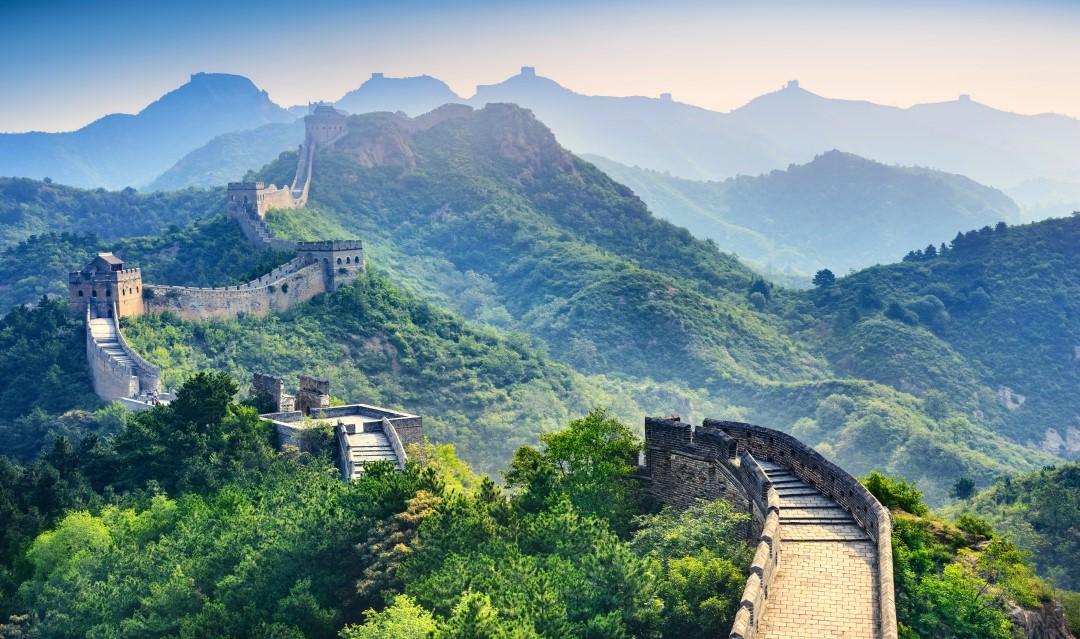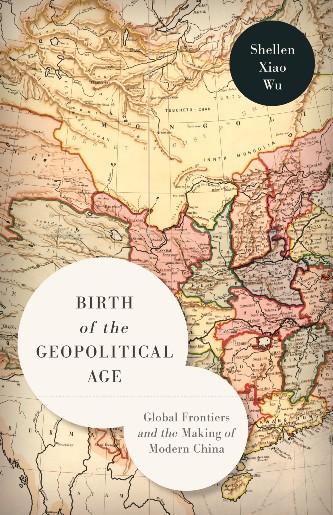Wu argues that China succeeded in retaining its imperial land while the others failed largely because of the way it absorbed lessons from other parts of the world and adopted science and technology as means to hold onto territory.
Wu’s findings draw on research she conducted in over 15 archives and library special collections in Asia, North America and Europe. In addition to published writings, she studied personal writings such as diaries and correspondence to understand the lives of people who studied and worked in borderlands—and who often suffered as a result of countries’ policies there.
“What surprised me was how often the lives of people from seemingly opposite corners of the world intersected,” she said. “This made me realize that lives and ideas do not follow neatly bounded geographies and time periods, and neither should history.”
Some of the pathways through which the lives of individuals—and the fates of geopolitical borders—intersected were exchanges of scientific and technological knowledge.
While it may be hard to imagine global information exchanges in times before the era of modern telecommunication, members of the educated elite in scientific disciplines maintained robust professional networks across borders.
Geographical and agricultural knowledge circulated among professionals in the United States, Europe and Asia throughout this history, and political leaders raced to adopt and implement new advances to develop their countries’ frontiers.
For China, a country with a rapidly growing population and ravenous appetite for energy to fuel industrial modernization, the coal-rich expanses of its frontier lands drew heightened attention from its political leaders.
Driven by a similar hunger for increased agricultural production and a desire to exploit natural resources, other countries also sought to develop and expand their frontiers around the same time.
“China entered geo-modernity with a global cohort of other countries adjusting to the displacements and turmoil created by industrialization and the rise of modern science,” Wu writes in the book.
She cites America’s Western expansion, Prussia’s inner colonization in the East, Japan’s imperial push into other parts of Asia, and the Soviet Union’s efforts to extract natural resources from its Arctic, Siberian and Central Asian frontiers as examples of this global drive.
As it moved into the 20th century, the rise of China’s modern state was inextricably linked with its desire to exploit natural resources, secure energy sources for industries, and most effectively redistribute its population, Wu said.
The forces of frontier development were further shaped by new technologies of transportation and communication.
Over the course of the 20th century, the frontier became a metaphorical as well as a territorial concept, one that continues to inspire countries’ aspirations.
“I see the Russian invasion of Ukraine in 2022 as an effort to restore the Soviet empire,” she said. “I also see a new space race dawning, with India as a new entrant, for countries seeking to dominate the next frontier.”
Wu’s previous works include “Empires of Coal: Fueling China's Entry into the Modern World Order, 1860–1919.”
-Story by Dan Armstrong







